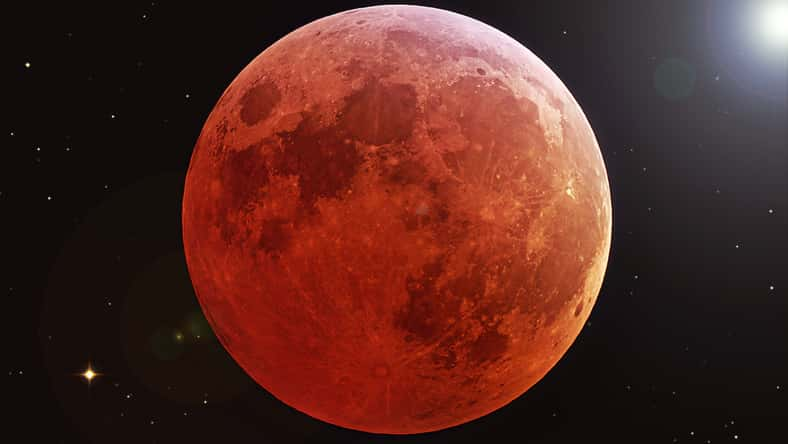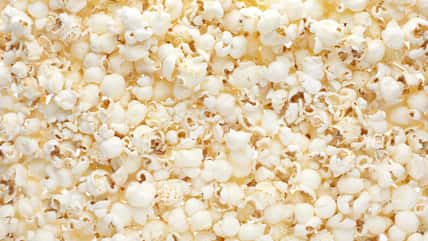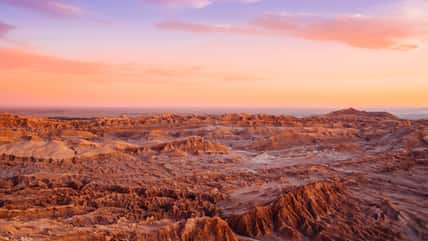Scientists Have Detected Signs Of Liquid Water On Mars, Providing More Insight Into The Red Planet’s Past And Preparing Us For Future Exploration

Signs of water have been detected on Mars, which may help scientists understand more about the Red Planet’s past and better prepare them for missions in the future.
For years, NASA’s Perseverance rover has been scouring the western slope of Jezero Crater. Now, the high-tech Martian explorer has discovered evidence that the famous crater once held liquid water.
In 2022, the rover used a rotary percussive drill to collect seven samples of rock from the region the crater is in. Each sample was roughly 13 millimeters in diameter and up to 73.5 millimeters in length. Then, they were stored in special tubes to shield them from contamination.
The rocks are possibly more than 3.5 billion years old and contain minerals that usually form in water. The finding confirms that water used to be on Mars long ago and suggests that Jezero Crater was a flourishing aquatic environment.
“These rocks confirm the presence, at least temporarily, of habitable environments on Mars,” Tanja Bosak, the lead author of the study and a professor of geobiology in MIT’s Department of Earth, Atmospheric and Planetary Sciences, said. “What we’ve found is that, indeed, there was a lot of water activity. For how long, we don’t know, but certainly for long enough to create these big sedimentary deposits.”
Aside from the water-related minerals, the rock samples also contained carbonates, which were similar to the ones that form reefs on Earth. They preserve signs of ancient life extremely well.
Some samples had sulfates in them, suggesting that parts of the ancient lake may have been especially salty. Salty conditions could have aided in the preservation of any organic matter.
The Perseverance rover hasn’t detected any actual organic matter on Mars. The instruments that are needed to identify such small traces are simply too bulky and complicated for a rover to carry.
Furthermore, the inhospitable conditions on Mars, including chemical and radiation reactions that have occurred over billions of years, may have deteriorated or modified any potential organic material.

Artsiom P – stock.adobe.com – illustrative purposes only
Additionally, the rover only has the ability to drill small samples of the Martian surface. It is possible that there may be better locations on the planet for finding existing signs of life.
Still, scientists are hopeful that evidence of life will be found when the seven rock samples are brought back to Earth for a more thorough analysis.
According to the study, the rocks gathered from certain areas, such as Wildcat Ridge, have a strong chance of preserving organic material.
Not only will the findings from the Perseverance rover’s mission add to scientific knowledge of Mars’ history, but they will also contribute toward our understanding of the planet’s potential to support life and human communities.
The study was published in the journal AGU Advances.
Sign up for Chip Chick’s newsletter and get stories like this delivered to your inbox.
More About:News





